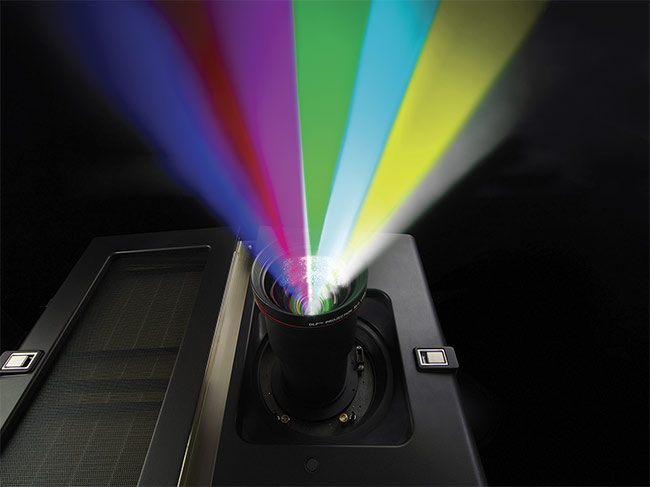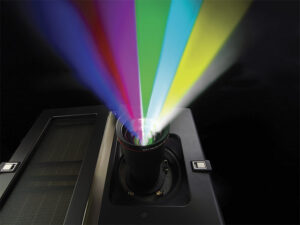
LASER Projection : Cinema Halls
Jun 28 2023
When film Projection was the standard at Cinemas, introduction of Xenon Lamps in the projector was considered a leap in film Projection.
Digital Projection had completely dominated for past Fifteen years.
Recently many theatres are rapidly upgrading to Laser projectors.
Here we discuss about technology behind the laser projection.

The biggest advantage of a laser projector is the brightness. Laser projectors ensure that every photon moves at the same speed and in the same direction—delivering 1.8 times higher brightness on the screen compared to traditional lamp projectors.
Color Accuracy
Lasers make sure that the color you see on screen is the one intended by the director of photography.
Traditional projectors have a wider gamut of colors, but they’re not as saturated, which leaves the color looking a bit dull. Lasers up the intensity with pinpoint focus, shooting out the 3 primary colors of light. Because laser colors are beamed at these exact frequencies, every color you see on screen is not only accurate, it pops.
Traditional digital projector, the lamp inside generates ultraviolet and infrared light (what makes it hot), which is a low energy utilization rate. But a laser projector focuses energy into only visible light, cutting down energy usage and keeping the projector cool.
Quick and easy setup is one of the many advantages of using a laser projector system. Because lasers don’t have any glass, mirrors or other parts that can break over time, they are much easier to set up than lamp-based projectors. They also tend to be faster in operation than traditional projection systems. Laser projectors get up and running within seconds, while lamp-based systems typically take several minutes before they’re ready for use by you or your audience

In RGB laser projector systems, the three primary colors are each generated by separate red, green, and blue lasers.
Currently, cinemas are expected to exhibit digital projections that achieve a specific color gamut established by the Digital Cinema Initiative (DCI), known as DCI-P3, and laser phosphor and RGB laser systems can both deliver DCI-P3. However, RGB systems also have the capacity to generate an even wider range of colors, spanning the much larger color gamut known as Rec. 2020.
RGB pure laser is the only projection technology that supports Rec. 2020. With Rec. 2020, you get more than twice the color of Rec. 709 projectors and 41% more than DCI-P3 so you can better represent real-world colors and dramatically improve the audiences’ experience.
Very recently Imax theatres are also upgrading to RGB laser projection.
Article by
CJ Rajkumar
Author/ Cinematographer
